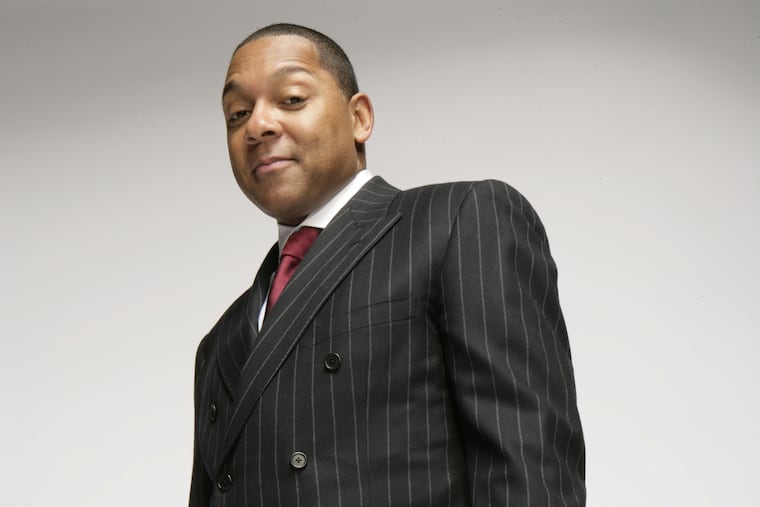Review
Link copied to clipboard
Link copied to clipboard
Wynton Marsalis symphony at Philadelphia Orchestra an aerobic workout that inspired fight and flight
Most stayed and cheered what had to be the most high-aerobic workout for the orchestra since its last encounter with Messiaen’s Turangalîla-Symphonie. Others couldn’t get out of Verizon Hall fast enough.
